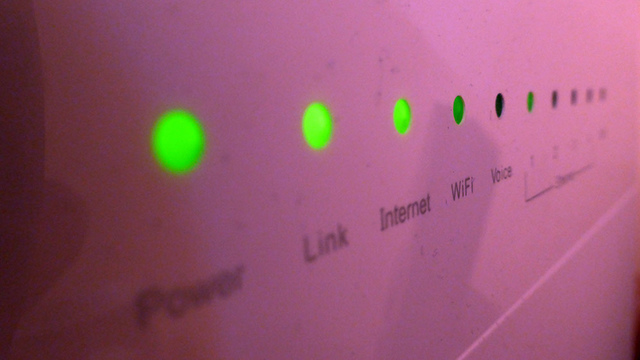Elaine Cole would love to facetime with her son and grandchildren, who live in Chicago, but poor internet and cell phone connectivity means she might get a second or two until the screens freeze.
The 70-year-old lives five kilometres northeast of Dorset, where she uses Bell for her landline and cell phone and Xplornet for internet.
While others are using apps such as Zoom to interface with family, friends and social groups, she is feeling more on her own than ever before as COVID-19 continues.
“It’s very isolating,” she said in an interview April 27.
She added it’s not just about service during the pandemic. She’s been a fulltime resident for six years, and before that a seasonal resident for 10. She said the service has always been poor. The landline is fine when not knocked out by weather. With the cell phone coverage, “depending on which way the wind blows, I’m lucky to get one bar.”
“It’s just so disheartening.”
She said in the recent wind storm, her landline was out and she had no cell service. While in good health, she worries what would have happened if she had needed assistance for some reason.
“It’s scary. It’s frustrating.”
Cole said she visited the Serengeti 1.5 years ago, and she got five bars there on her cell phone. Yet, 2.5 hours north of downtown Toronto, she is getting one bar if she’s lucky. She said connectivity is “not a luxury anymore. It’s a necessity.” She cannot fathom that residents of our area do not have access 24/7 and “it’s more important for people who live up north than in the cities. Not to have service is unforgiveable.”
Bell makes promise
The feisty senior says when it comes to promises – such as Bell Canada’s announcement last week of expanded Wireless Home Internet service – she remains skeptical, and will believe it when she sees it.
A Bell Canada spokesman told The Highlander this week that about 4,100 homes in Algonquin Highlands, Dysart et al, Lake of Bays, Laxton-Digby-Longford, Minden Hills, Somerville and Trent Lakes can now access Wireless Home Internet service – “a big jump from the 500 or so homes covered in these areas before last week’s expansion.”
The spokesman said the service provides Internet speeds of up to 25 Mbps, with two packages available depending on usage required. Details are available at Bell.ca/ FastInternet. He said residents can also check if the service is available at their home.
“Bell’s Wireless Home Internet program is dedicated to bringing full broadband Internet speeds to rural communities and other traditionally underserved locations. And with WHI usage growing 4 per cent over the last month, the COVID-19 crisis has clearly underscored the value of the service to customers in smaller communities,” said Mirko Bibic, president and CEO of BCE Inc. and Bell Canada, in an April 23 press release.
Bell said the rollout is for 137,000 rural households in 180 communities.
Cole will also await the results of the Eastern Ontario Regional Network’s (EORN’s) request for proposals to build new cellular infrastructure as part of a $213 million project. The bidding process will aim to identify partners who can expand cell coverage throughout Eastern Ontario as part of a wider effort to improve mobile broadband, in an initiative involving three levels of government. Haliburton-Kawartha Lakes-Brock MPP Laurie Scott has said the project will take a number of years to complete.





